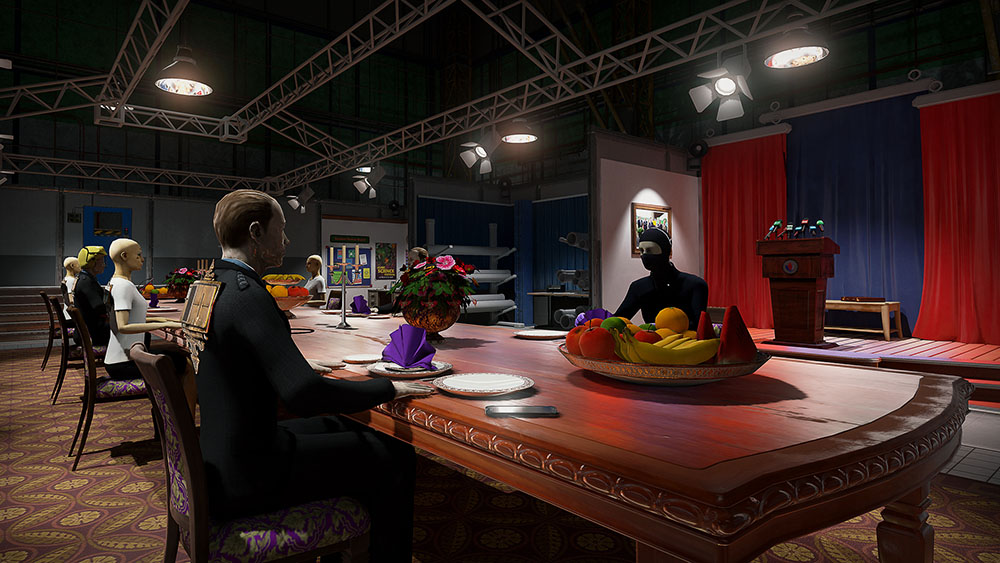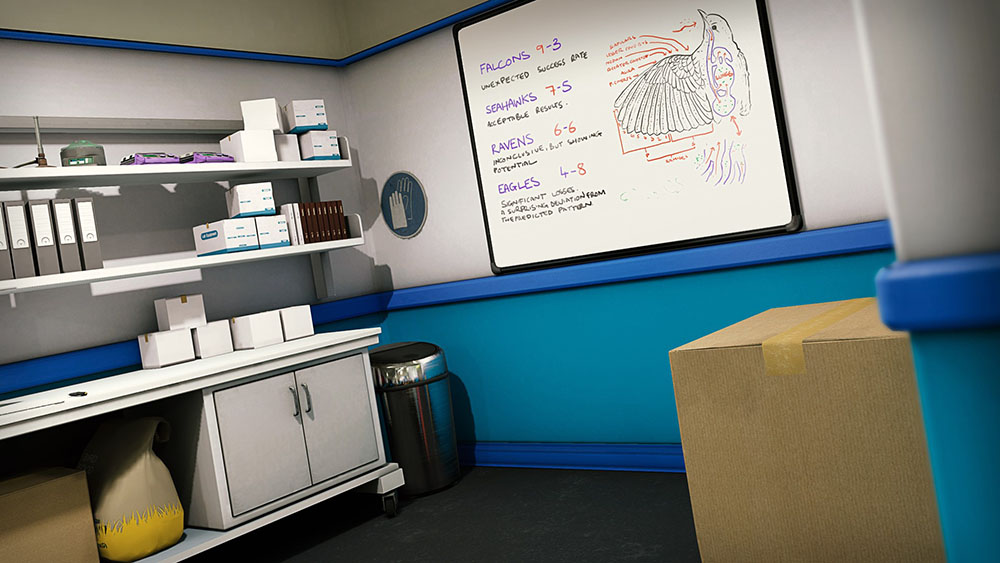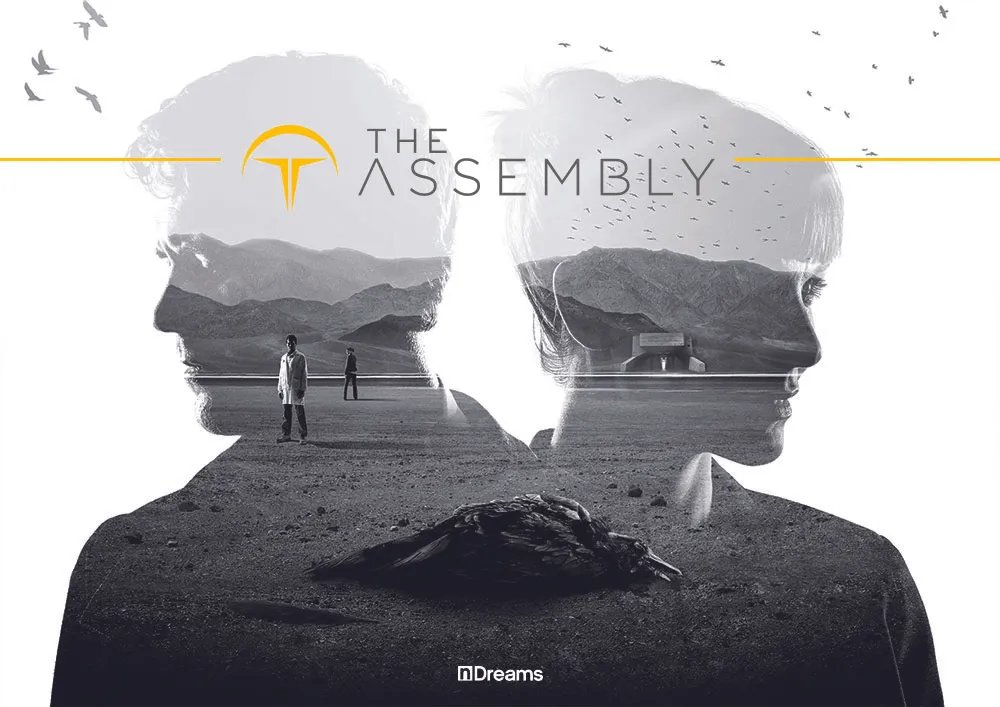nDreams was one of the first established studios to go “all-in” with VR – pivoting their business to the new medium as early as 2013. Three years on, their bet seems to be paying off as the company continues to secure new investment and talent. With a couple of Gear VR titles under their belts already, nDreams is currently putting the finishing touches on their PSVR and PC HMD first-person adventure game, The Assembly, which debuts later this year. This week, they presented a VR Showcase at the British Academy of Film and Television Arts in London, discussing their experiences creating immersive stories and their goals with the game.
Undoubtedly, a more ambitious project than Perfect Beach or Gunner, The Assembly is a 4-6 hour, mystery-adventure game with a strong focus on characters and environmental storytelling. It looks to capitalise on a demand for the kind of first-person, narrative-driven experience that many people expect to be VR’s bread-and-butter, but which face numerous practical challenges in actually implementing well. Challenges like artificial locomotion, UI design and creating a consistent, convincing world all have to be carefully addressed.
“The mundane becomes captivating and the fascinating becomes really mind-blowing,” said Senior Designer, Jackie Tetley.

This has lead to a slower pace than traditional first-person games and a focus on inhabiting the characters and creating the sense that you are inside the story and engaging in the moral questions that this story poses.
Environmental design plays a big role in this as well, both visual and auditory. A lot of familiar videogame storytelling techniques and affordances do still apply – color palettes and setting convey a powerful sense of mood, while focal points and lighting cues direct a player’s attention. Lead Audio Designer, Matt Simmonds, also emphasises the power of 3D audio to expand the perceived size of the world through things like the ambient noise of people and machinery coming from above and beneath you. Judicious use of 3D audio can also sell the fine details of a place, without exploding production costs. The flickering of a bulb, the hum of a fan or echoes of conversation through the walls all reward players who closely inspect their surroundings.
Even the brief introductory section of the game demonstrates careful consideration of these lessons. There is not, initially, any self-directed movement.
“How the player moves around the environment isn’t the first thing we want them to learn,” said Martin Field, art manager at nDreams. Although, there will be two different locomotion methods in the game. The opening introduces us to the underground headquarters of the eponymous Assembly, as we’re being pushed in a dolly, providing a static frame of reference for the player.
https://www.youtube.com/watch?v=K5643BmYx4U
We overhear two characters discussing the facility and, presumably, us. Whilst this exposition is occurring we catch glimpses of other rooms and sections of this immediately captivating facility, in environmental storytelling that very much evokes Half-Life. What is very unlike Half-Life is that our character is not mute. It takes a second to realise that the third voice you hear is supposed to be you, but you quickly pick this up from context and soon become comfortable with it. It will be interesting to see if the player will feel differently inhabiting one or the other of The Assembly’s two main protagonists – Madeline and Cal – and whether or not this will have an impact on their in-game behaviour.

It’s good to see more VR narrative-driven experiences appear and The Assembly looks like it will be one of the early notables in the genre. It will be available on the Oculus Rift, PSVR and HTC Vive “in the launch window” although no firm date has yet been announced.
– Story contributed by Edmund Ward





























